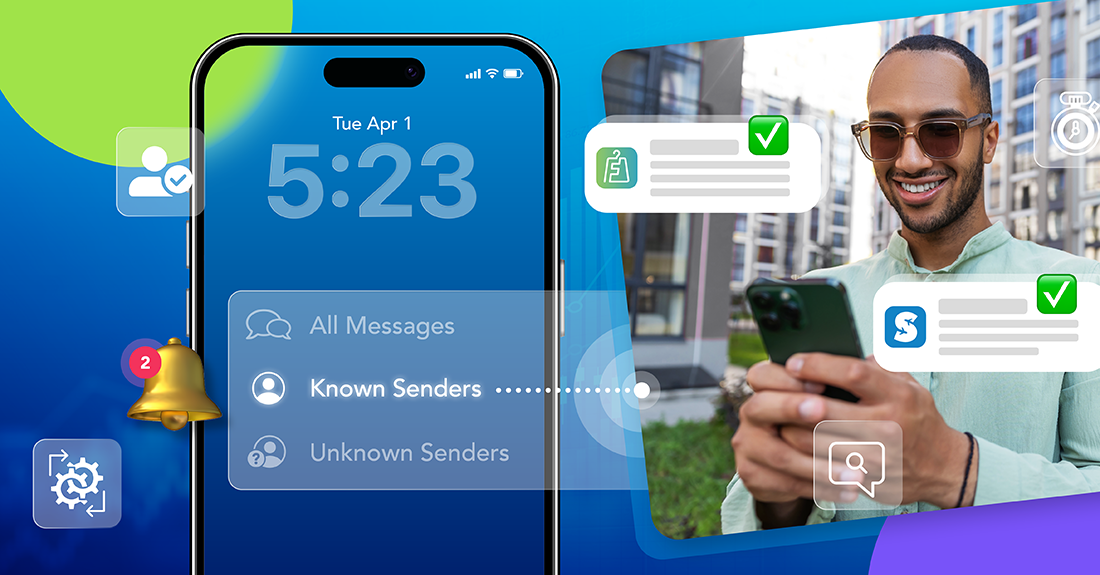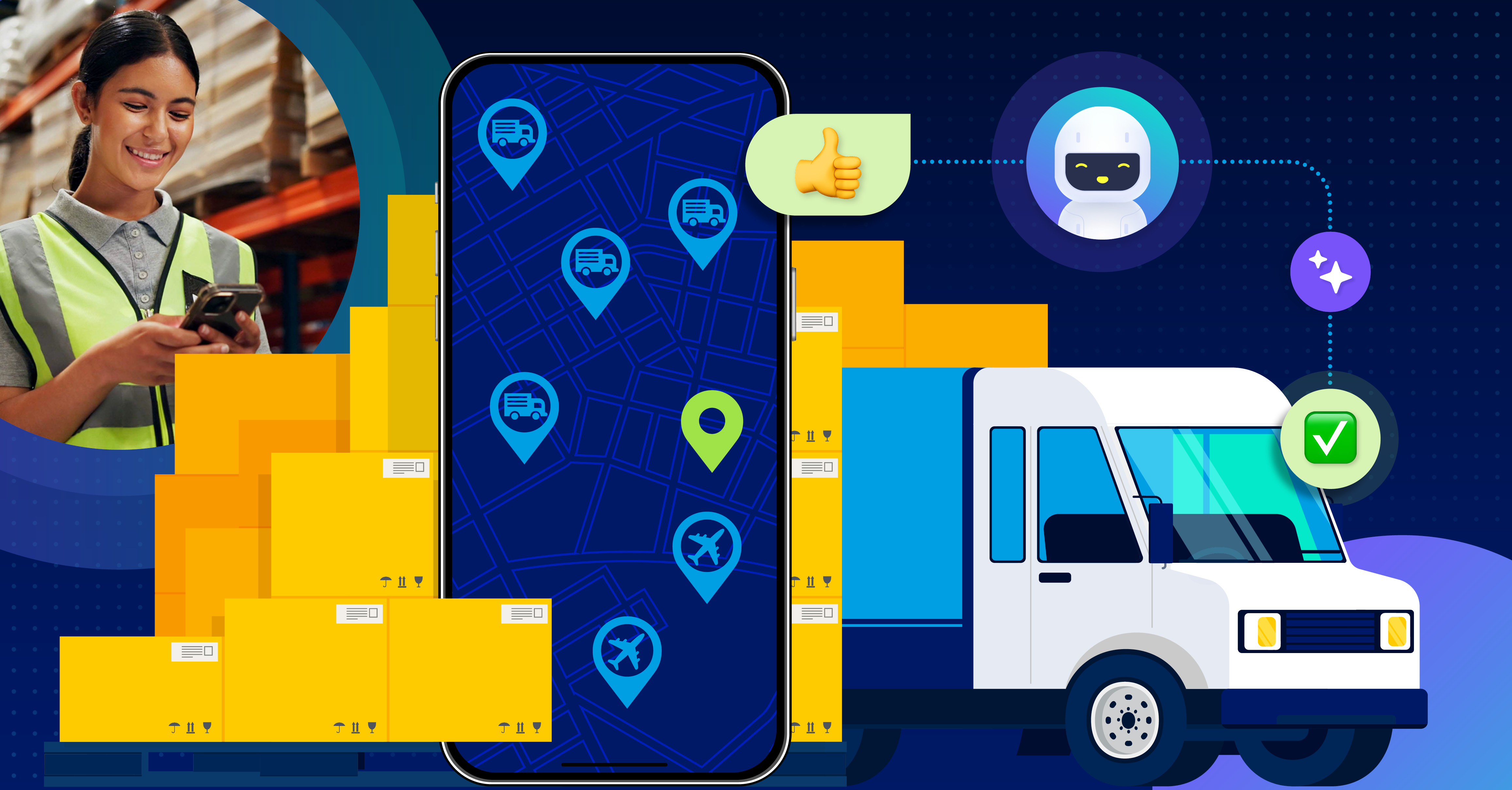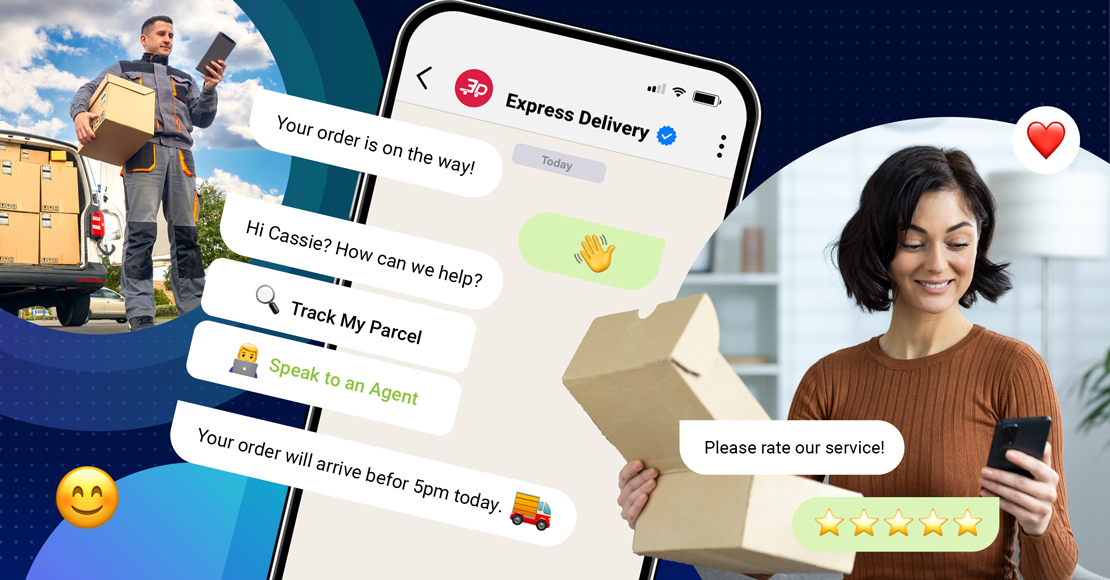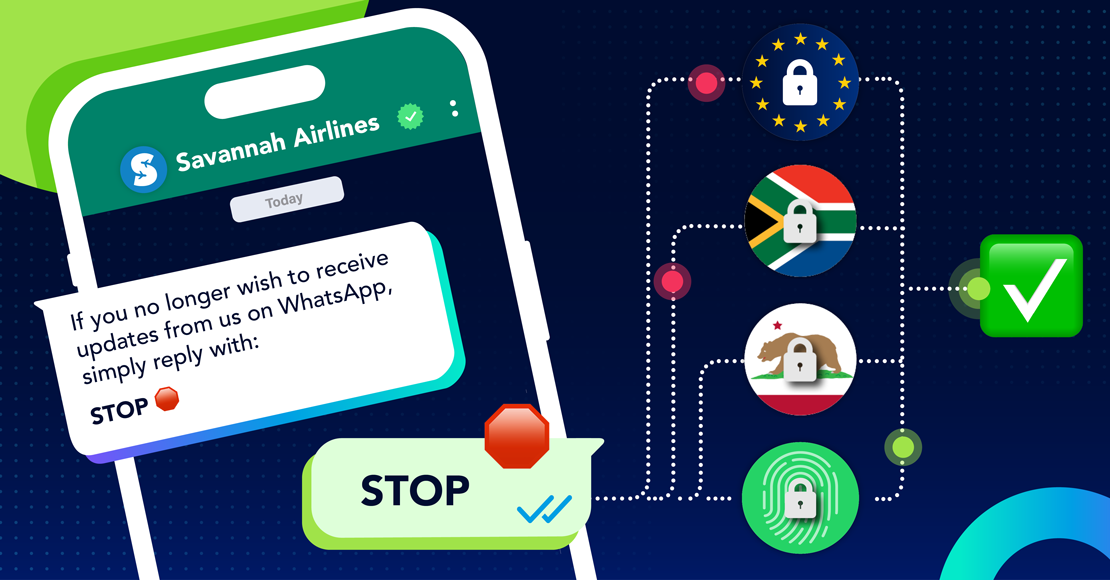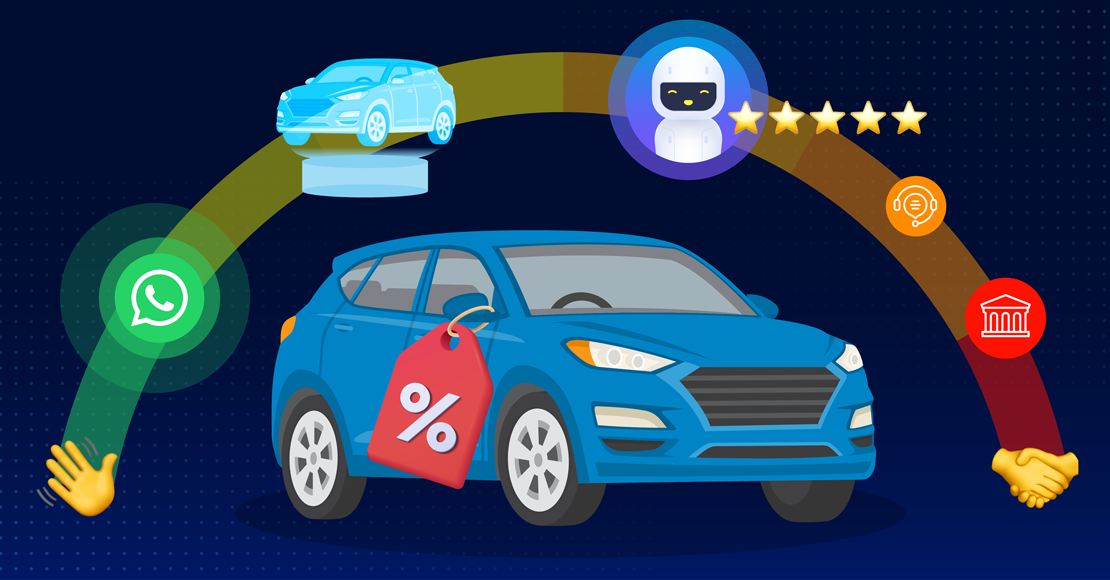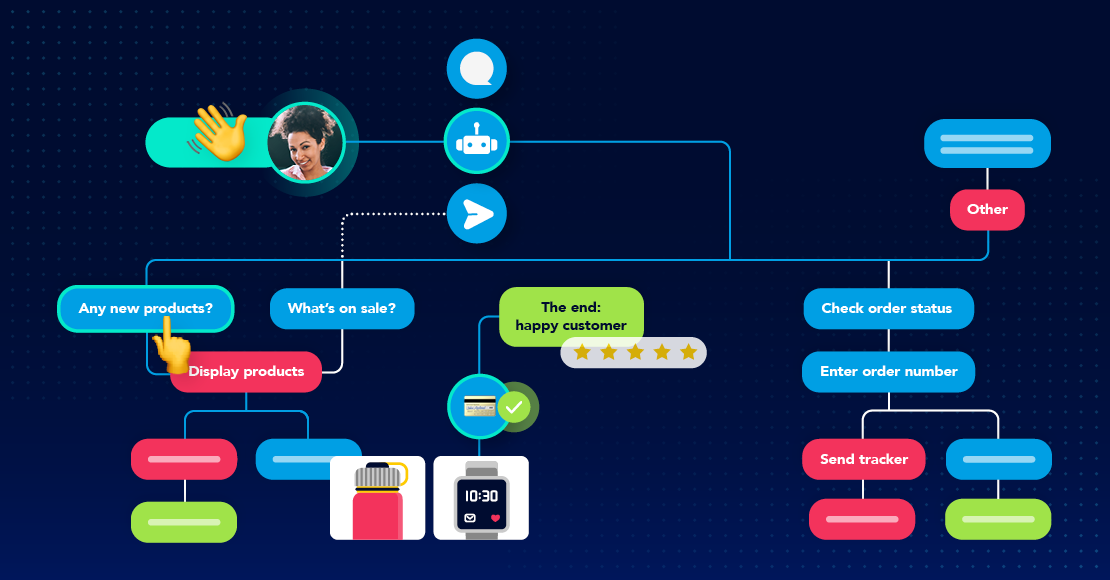
Conversational commerce is a highly effective omnichannel marketing strategy that has proven successful with customers and merchants worldwide. It’s transforming how businesses engage with their customers, providing an interactive environment where they can find information, shop, and communicate with the companies they love — all on their mobile devices.
The growing smartphone adoption rate makes conversational commerce incredibly effective. Currently, 82% of American adults own smartphones, with the UK and Europe not far behind. Recent research also states that mobile devices are now considered the preferred shopping tool and payment method for North Americans. As mobile transactions increase, conversational commerce and chat commerce (making purchases over chat) will also likely increase.
Today we’ll learn more about how (and why) to incorporate conversational commerce into your digital marketing strategy.
What Is Conversational Commerce?
Conversational commerce turns one-way dialogues into conversations – personalized interactions between buyers and sellers. It creates a quick and easy way for consumers to find the products or information they need when they need it and guides them seamlessly into making purchases by communicating with human representatives, chatbots, messaging apps or a mix of all three.
This technology allows merchants to give their clients the same high-quality customer experience as if they had come into a physical store. Conversational commerce provides an interactive environment where consumers can find information, shop, purchase products, communicate with, and transact with the companies they love with the power of convenience and personalization. It’s an extremely effective omnichannel marketing strategy that has been a proven success with both customers and merchants all over the world.
Conversational commerce helps boost customer satisfaction and response times, alleviates stress from your sales teams, and helps your brand adapt to the world we live in today. In addition, it:
Lowers the amount of time that customer service reps spend dealing with accounts
Increases sales without increasing spend on sales personnel
3 Types of Conversational Commerce
You have likely seen conversational commerce in your daily business operations. Here are four examples of conversational commerce you can use to guide meaningful conversations with customers and provide them with a superior shopping experience:
Automated Chatbots
SMS Communications
Chat/Messaging Apps
1. Automated Chatbots
Chatbots can be a vital part of a smart conversational commerce strategy. Chatbots do a fantastic job at answering basic questions, particularly repeat inquiries that often make up a substantial portion of interactions with your customer service team. This frees up your customer service agents for more complicated interactions that need a human in the loop.
The bot on your website can ask visitors, “How can I help you today?” and provide a list of options, such as:
Pay a bill
Schedule a call
Leave a message
Change an appointment time
Get an estimate
Open an account
Chatbots can also initiate interactions to get the conversation started. For example, when someone visits your Facebook page, your chatbot can immediately ask them what services they need.
For example, when someone visits a restaurant website, a chatbot might ask questions like:
Do you want to reserve our restaurant for a fun event?
Want to check out our latest menu of hot-off-the-grill specials?
Check out our Happiest Happy Hour specials!
When someone clicks on one of those options, the chatbot gives them the correct answer or directs them to the appropriate resource.
A chatbot’s questions would look very different for an investment company known for its conservative approach to growing wealth. The voice your chatbot and agents would use would be straightforward and honest, using simple, direct language to inspire trust. In addition, the content of your conversations with customers would be completely different.
With a financial business, conversation starters might sound more like:
Do you need to roll over your 401(k)?
Would you like to schedule a meeting with an advisor?
Talk to an expert about lowering your tax burden.
By utilizing chatbots, businesses can provide their customers with simple and efficient solutions to common problems. Customers can easily navigate through a list of questions and receive immediate responses from the chatbot. This creates a seamless experience that can feel as natural as chatting with a live human.
However, for more complex issues, some customers may prefer to speak with a live agent. In this case, automated chatbots can be programmed to recognize when a customer requires additional support and can seamlessly transfer them to a customer service representative for real-time assistance.
Clickatell’s Chat Desk is an advanced digital contact center solution that relies on conversational technology to provide customer support through a mix of conversational commerce and live agent interactions.
Chat Desk enables your customers to get immediate answers from a live agent through whatever channel they choose (online web chat or mobile chat apps like WhatsApp), resolving issues quickly. This gives contact centers greater flexibility to manage teams while increasing call volume and customer satisfaction.
2. SMS Communications
SMS (Short Messaging Service) text messages are a simple, cost-effective way for customers to send instant messages and get information from your business without the wait. Many people prefer this method, increasing engagement with your business.
SMS can also inform customers about new products, special promotions, and discount opportunities. As long as customers opt in for texts (and you give them an easy way to opt out), you don’t risk spamming them with annoying messages.
Clickatell helps you seamlessly integrate your current applications with our SMS service, enabling you to send bulk messages using an easy-to-use, no-code interface.
3. Chat/Messaging Apps
Communications using chat apps (like WhatsApp, Facebook Messenger and WeChat) enable you to form relationships with consumers via platforms they already use—and love. For example, WhatsApp is extremely popular, with U.S. usage anticipated to hit 85.8 million users in 2023.
Consumers can chat with company representatives, get customer support, ask questions, get personalized recommendations, read reviews, and click to purchase – all from within messaging apps.
Clickatell helps you take advantage of WhatsApp’s most useful features to:
Protect customer data with end-to-end encryption.
Send notifications about upcoming deliveries, payment alerts, and other time-sensitive tasks.
Automate responses to messages that customers send you.
While WhatsApp is the most popular messaging app globally, Facebook Messenger, Apple iMessage, Google Business Messages, Instagram, WeChat, and other emerging Chat apps are all incredibly powerful conversational technologies. However, each app may appeal to a different demographic or age group, so finding which app your customers prefer is key.
How to Include Conversational Commerce In Your Marketing Strategy
So what are some of the most effective ways to use conversational commerce within a successful digital marketing strategy? Here are five popular functions:
Provide 24/7 customer support
Get customer feedback
Reduce abandoned shopping carts
Leverage upselling and cross-selling opportunities
Generate (and close) leads
Provide 24/7 Customer Support
Enabling your customers to perform routine tasks on the go saves valuable time for customers and customer support staff alike. Many successful businesses use SMS communications for customer service functions, including:
Order confirmations
Appointment scheduling
Reservations
Invoice or bill payments
Personal information updates
Business contact information
Shipping/delivery information
Get Customer Feedback
Using conversational commerce methods to gather feedback lets you instantly gauge customer satisfaction with your products and services. Whether you ask customers to fill out a short survey randomly or immediately after a purchase, you’re taking a proactive approach to solving problems or assessing your digital marketing strategies.
Reduce Abandoned Shopping Carts
Abandoned carts contribute significantly to lost sales opportunities. Instead, you can use conversational marketing to connect with customers via live chat, chatbots, or SMS messages, offering support or discounts to entice them to complete their transactions.
Generate (and Close) Business
Looking for new customers? Why not start with the customers you already have? Asking for referrals from existing customers, whether B2B or B2C, is an effective way to generate new sales leads. In addition, you can increase sales appointment efficiency by using chat or text to confirm business appointments ahead of time.
Conversational Commerce DOs and DON’Ts
Ready to get started? Great! First, review some DO’s and DON’Ts that will help get your conversational commerce off to a good start.
DO Set Realistic Goals
When you start your conversational commerce plan, start small and build upon your successes. You get lots of learnings quickly by choosing simple tasks that a large percentage of your customers do over and over. You’ll see what’s working and where you might want to make tweaks. During the first month of your plan, set goals like:
● Decrease customer service queries by 10%
● Increase online orders by 5%
DON’T Choose the Wrong Channel
Seventy-one percent of U.S. adults between ages 18 and 29 say they use Instagram, but only 13% of people over 65 do. If your business targets a young audience, reaching them through Instagram can be a wise investment. If you have an older audience, it likely is not.
However, roughly 69% of Americans use Facebook, so adding a chatbot to your business page is a solid option. WhatsApp is the most popular global messaging channel, with more than two billion monthly active users. WhatsApp is also the most popular message app for all age groups.
DO Boost Your Brand
Whether you’re using a chatbot, human agents, or both, all interactions with your brand must have the same voice and deliver similar messages. With the right approach, you can make a conversation with your automated chatbot feel like a natural extension of your brand. Ensure you frame questions and answers in your brand’s tone and voice.
DON’T Wait to Reply
Delaying answering customers’ inquiries defeats your purpose in offering automated replies. The power of conversational commerce lies in quick, personal responses. So make sure you set auto replies to trigger within minutes (or even seconds) of a customer response.
DO Let Customers Know You’re Available
Want to build your automated customer service capabilities? Make it clear that you’re available 24/7 to serve their needs by including a noticeable “live chat” button on your website. However, ensure that customers opt-in before initiating conversations via chat or SMS.
Choose Clickatell to Launch Conversational Commerce For Your Business
As a global messaging and conversational commerce leader, Clickatell helps you maximize your outreach and track performance with years of digital chat experience.
Clickatell is experienced in integrating SMS into CRMs and other software. The Clickatell WhatsApp Business API enables you to take advantage of the channel’s chat capabilities and tap into the 75% greater year-over-year (YoY) growth in annual revenue experienced by companies that do.
Our team of skilled professionals will work with you to design a plan that meets your needs—and exceeds your expectations. Curious to know more? Let’s chat.
Step into the future of business messaging.
SMS and two-way channels, automation, call center integration, payments - do it all with Clickatell's Chat Commerce platform.

